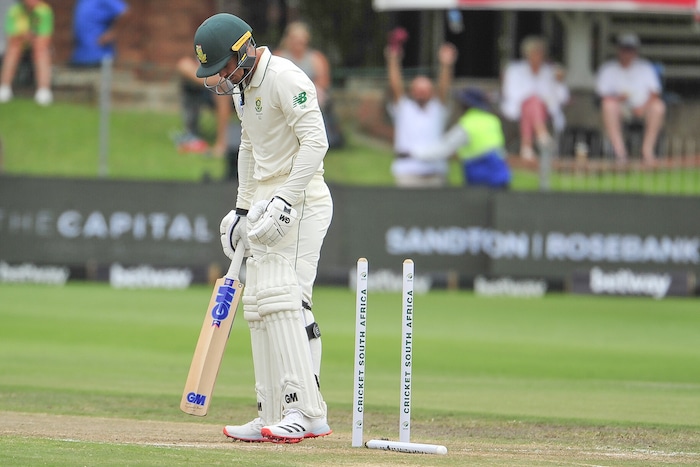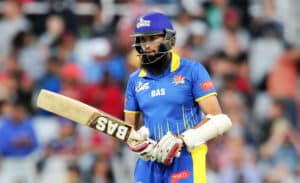After looking on the verge of purging itself from the toxic members’ council, the interim board and government conceded to a resolution that will ‘save’ cricket in the short term but kill it eventually, writes RYAN VREDE.
And just like that the interim board and government reveal themselves to be spineless.
After months of what has now been revealed as toothless posturing, during which time they claimed to have cricket’s best interests at heart, they have reached a deal with the deadliest disease in South African cricket – the members’ council – for what they’ve spun as cricket’s salvation.
It is merely a stay of execution, because they’ve only treated one of the symptoms – in this case obstructionism – of the cancer that is the members’ council. That cancer is now in remission, thanks in part to it’s favourable response to some aggressive intervention that lasted from around 10am this past Sunday morning and ended just before midnight.
Context for those who haven’t been following this cricket pantomime: On Friday, Sports Minister Nathi Mthethwa set fire to Cricket South Africa, cricket’s deeply dysfunctional governing body, by announcing that he intends to invoke section 13(5) of the National Sports Act. It would effectively strip CSA of its recognition as the ruling authority of cricket in South Africa. This after the members’ council refused to adopt a key recommendation from the 2013 Nicholson report to populate the board with majority independent members.
It looked all but certain that cricket would, at best, expel the members’ council and, at worst, significantly diminish their power through this process. Instead, just before the clock struck 12 on Sunday, cricket’s fate was sealed when the members’ council emerged not only intact but victorious from a marathon meeting with the government-appointed interim board.
While under the impression that the interim board had balls, I wrote last week that what happened next in the context of their governance restructure is the most important decision since readmission. The game would literally fly or burn based on the plan and the successful execution thereof. In passing, I stressed that the interim board should not go back to the negotiation table under any circumstances. Not only did they do that, they did so and lost.
In the wake of this, the members’ council proudly released a back-patting media statement, featuring a statement from acting president Rihan Richards, which read in part: ‘The Members’ Council is pleased to have been part of a thorough and fruitful consultative process today.’
What utter bullshit. It took them months to adopt the amendment to a memorandum of incorporation that would populate the majority of the seats on the board with independent members. Indeed it was the reason South African cricket was plunged into this crisis in the first place.
ALSO READ: TIME FOR MTHETHWA TO TAKE DRASTIC ACTION
Then it took them nearly 12 hours in the aforementioned intervention on Sunday to be convinced to adopt the most common-sense governance structure. I don’t know what the interim board sacrificed in these negotiations with the members’ council. They’ll tell you, nothing. The reality is that part of that sacrifice includes the well-being of South African cricket, the very thing they claim to have at heart.
The same 14 presidents who comprise the members’ council and who’ve wrecked South African cricket for years, emerge from the intervention not only holding on to power but emboldened by the outcome of Sunday’s meeting. The interim board’s bark is far worse than it’s bite, they’ll conclude.
Yet, the public are being told that everything is fine and cricket has been walked back from the edge. What disgraceful treatment of the people you’re meant to be serving.
ALSO READ: TIME TO DISMANTLE TOXIC BODY
So, what will the amendment achieve? Previously, the members’ council was set up for maximum power retention with almost no accountability. It appointed the CSA board, which in turn oversaw all executive functions. These two centres of power operated with almost zero oversight. Given this governance structure, it should be easier to understand why the members’ council would be so vehemently opposed to a majority independent board.
This changes now and it is likely to stabilise cricket in the short term. But the same 14 presidents, the majority of whom are deeply incompetent, are arguably more significant because they determine the health of the game through the outworking of their leadership at provincial level. The new board will make governance calls that garner media attention, while the rot continues at levels below it.
We’ve treated our cancer with a strong pain killer, when we should’ve hit it with the most potent course of chemotherapy available.
The cancer will return. This is guaranteed.





